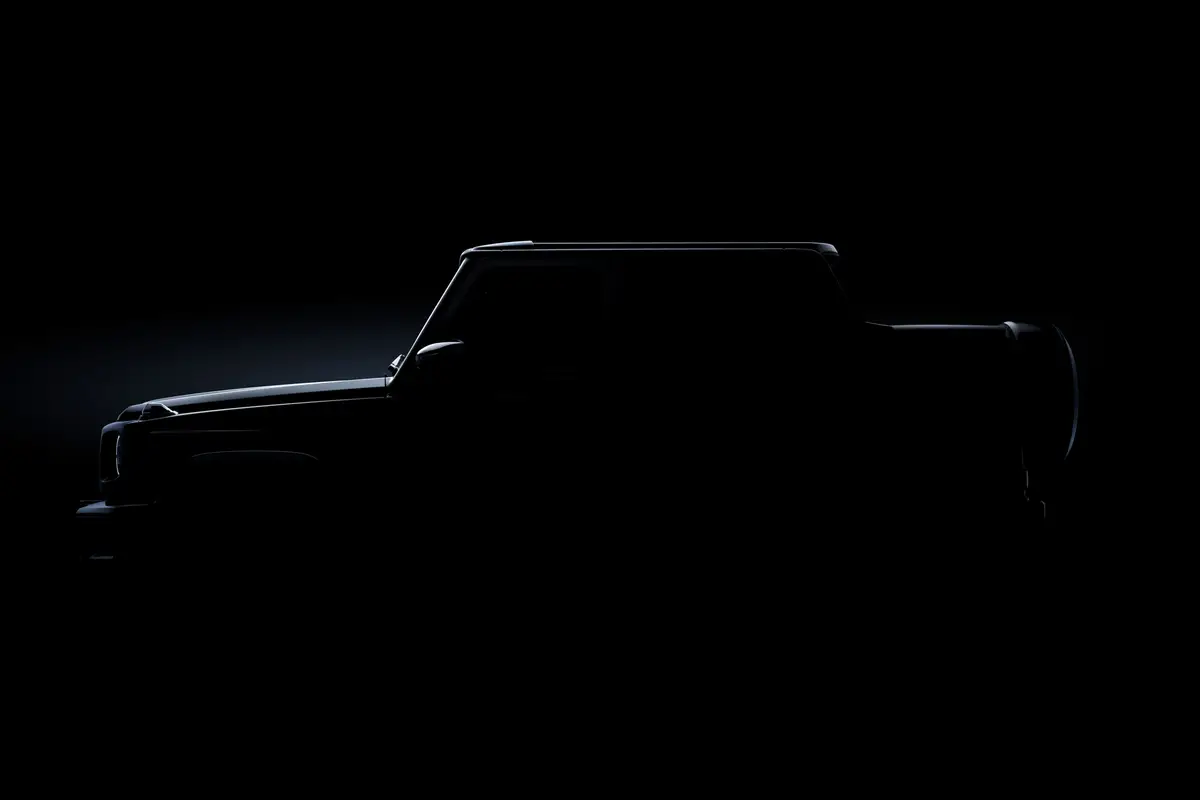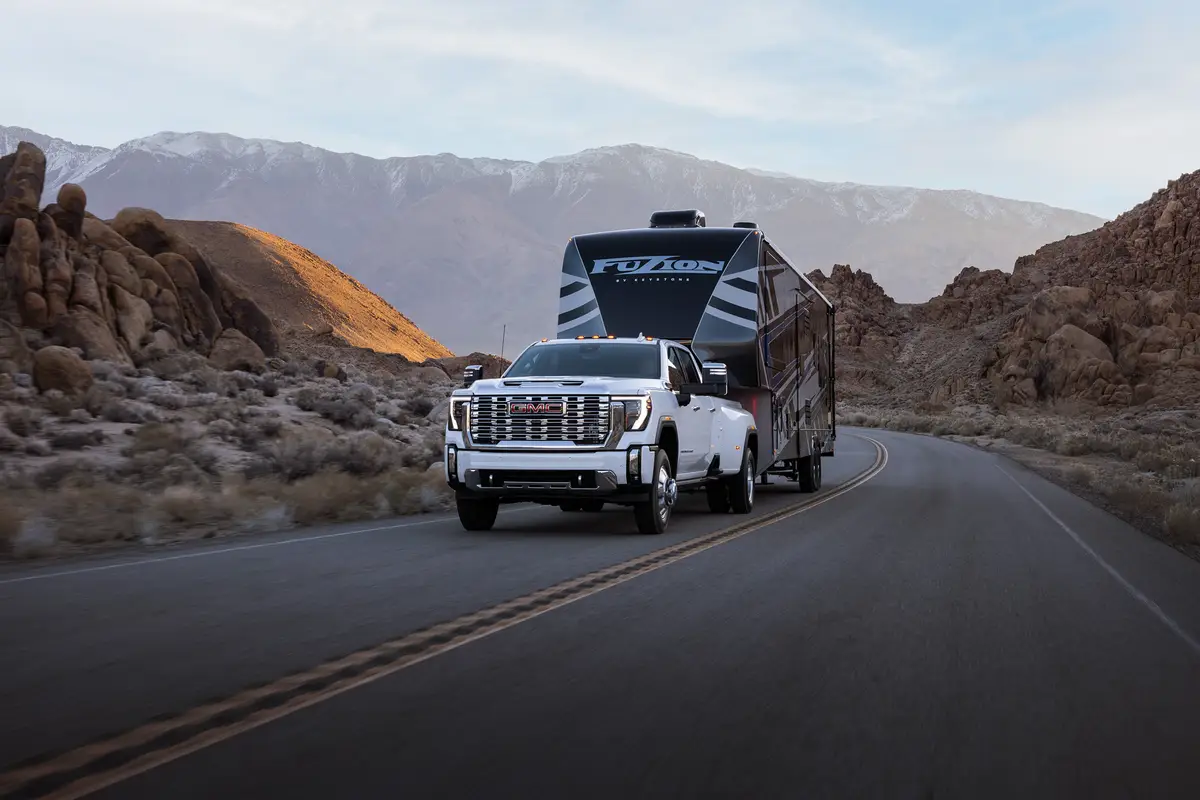Star-Telegram.com's view
In trying to re-invent itself, Mitsubishi is re-inventing the compact sport utility vehicle. The 2007 Outlander that goes on sale in November not only has been completely redesigned, but also comes with features never before seen in this market segment. They include a unique two-piece tailgate, an odor-neutralizing headliner, and a six-speed automatic transmission with optional manual paddle shifters mounted on the steering wheel.
The new Outlander also will be available with a third row of seating, with room for up to seven, apparently a new trend in the compact crossover SUV segment. The Toyota RAV4 added a third seat with its redesign for 2006.
The ’07 Outlander is built on an all-new car chassis that Mitsubishi also will use for the next generation of its Lancer compact sedan.
Although no prices have been announced yet, to compete in its segment, the new Outlander will have to begin in the low- to mid-$20,000s. But the standard features even on the base LS model seem to put the vehicle in a much higher class, up near SUVs such as the BMW X3 and Land Rover Freelander. For that reason, the current entry-level price of $18,500 for the Outlander most likely won’t be available on the new model. Mitsubishi, whose fortunes have been dwindling in the U.S. market over the past five years, needs the Outlander to be a hit to help its beleaguered dealers get their businesses back on track.
And while the current Outlander has been one of the best small sport utilities on the market since its introduction in 2002, the time is ripe for a complete makeover.
That will allow Mitsubishi to compete more effectively against Outlander’s primary competitors, the RAV4, Honda CR-V and Ford Escape.
Surprisingly, the new Outlander seems to outclass its competitors on just about every front, although the RAV4 does offer more power with its optional V-6 engine (269 horsepower).
The ’07 Outlander, though, will come only with a V-6 engine, a new, all-aluminum, 3.0-liter that cranks out 220 horsepower. The current model carries only a 2.4-liter four-cylinder, whose 160 horsepower is competitive with the four-cylinder RAV4 and the CR-V, which is not offered with a V-6.
No fuel-economy figures have been released yet, but those need to be in the mid-20s at least for the new Outlander to have much success. Today’s consumers are looking for fuel-efficient vehicles.
As is the trend among SUVs in this class, the new Outlander is longer, higher and wider than its predecessor. That allows for more interior space and the addition of the third seat, which is designed to hold children, not adults.
The new Outlander also has a wider track, designed to make the vehicle more stable. That’s in response to overall criticism of the sport utility genre for being top-heavy and sometimes unstable in panic maneuvers.
To aid in stability and prevent rollovers, most new SUVs have electronic stability and traction control, and so will the new Outlander.
In addition, the vehicle’s roof is made of aluminum and weighs just 11 pounds, helping to lower the center of gravity.
The new multi-link rear suspension, and the placement of the fuel tank and spare tire lower on the body, also have helped lower the center of gravity, and to give the Outlander a cargo floor that is eight inches lower to the ground than the one in the 2006 model. The cargo area is longer, wider and higher than before, allowing two bicycles to be carried inside with their front wheels removed. This can be accomplished only with the third seat folded into the floor and the middle seats folded and tumbled forward. The third seat is standard on the XLS model, but not offered on the LS, which seats only five.
Unique to the new Outlander is what Mitsubishi calls a flap-fold tailgate. The larger portion of the two-piece tailgate – containing the fixed rear window – flips up like a conventional liftgate. A smaller section folds back like the tailgates on old station wagons. It has a built-in flap that covers the gap between the tailgate and the cargo floor so packages can slide in without falling into the gap.
This lowered section of tailgate also serves as a seat or picnic table for a tailgate party, and can hold up to 440 pounds, Mitsubishi said.
The new engine and beefed-up suspension will allow the Outlander to tow trailers weighing up to 3,500 pounds when the vehicle is equipped with the optional tow package; without the package, the SUV still can pull up to 2,000 pounds.
As for the odor-eating headliner, that’s something I’ve never heard of, but a feature that could come in handy if it actually works.
“The headliner absorbs cigarette-smoke odor and decomposes it into water and carbon dioxide,” the automaker said. “It also absorbs and decomposes formaldehyde. Because the head liner uses catalysis, there is no need to replace it, as you would a filter.”
To further reduce odors, Mitsubishi eliminated adhesives in the new Outlander’s interior, instead using “phenol-free felt in the assembly of interior parts,” the company said. The automaker calls the vehicle’s styling the “bold new look of Mitsubishi.” “The 2007 Outlander debuts a new Mitsubishi design language that captures the performance-oriented essence of the brand,” the company said.
“Clean, sharp lines, featuring a ‘diamond cut’ front end and boldly sculpted fender flares, evoke the athleticism of a sport sedan and the sophistication of a premium SUV.” Mitsubishi said it designed the Outlander’s interior to “look and feel more like a sport sedan’s than a typical compact SUV’s.” “Smooth forms and sculpted door panels are set off by silver-accent trim, and the deeply contoured front bucket seats and motorcycle-style instrument panel gauges suggest sports car more than sport-utility,” the automaker said.
Consumers who buy this type of vehicle generally like to have lots of inside storage places, and in that respect, the new Outlander does not disappoint. A center-dash storage compartment opens with a push of its lid, and is big enough for small items. Next to that is a large, two-tier glove box, which has a card and pen holder in the lower section. The glove box is illuminated and lockable.
Overhead, there is a compartment for glasses or sunglasses. The center console between the front bucket seats has a padded armrest on top that can slide 2.5 inches front or rear. Under the armrest, there is a tray suitable for a cell phone, and a larger compartment that can hold up to 10 compact discs. There also is a 12-volt power outlet in the tray, with a slot that allows a cable such as that of a cell-phone charger to pass through.
Armrests in the doors have integrated holders for bottles or cans of up to 16 ounces. There are two more cup holders in the center console, and there is a slide-out cup holder on each side of the dash. An armrest that can be folded down in the middle of the second-row bench seat has two cup holders. And on top of each of the rear-wheel housings is a small storage compartment. On the right side wall of the cargo area, there is a hidden compartment that also has a 12-volt power outlet.
Standard features on the LS model include air conditioning; ambient lighting; cruise control; power windows/mirrors/door locks with keyless entry; engine immobilizer/alarm system; and an AM/FM/MP3-capable CD audio system with six speakers.
Besides the third seat, XLS models come with automatic climate control, steering wheel audio controls and a hands-free Bluetooth cell phone system with voice recognition. XLS models also get privacy glass, roof rails, dual exhaust outlets, and silver-painted door handles and bumper extensions. Optional are xenon high-intensity headlights. An available luxury package for the XLS brings leather upholstery for the first two rows of seats, heated front seats and a power-adjustable driver’s seat.
The warranty is one of the best in the industry. Bumper-to-bumper coverage is for five years/60,000 miles, and includes 24-hour roadside assistance and towing to the nearest Mitsubishi dealer, but only for problems covered by the warranty. An extended power-train warranty runs for 10 years/100,000 miles, and there is seven-year/100,000 mile anti-corrosion coverage.
Latest news



